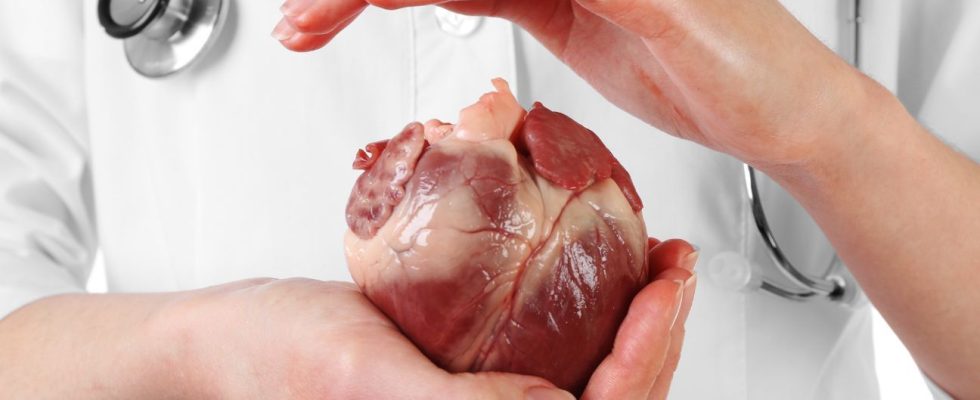Hope for people waiting for a heart transplant. In January, a heart traveled for twelve hours on a flight between the West Indies and Paris before being successfully transplanted into a 70-year-old man in heart failure. A world first which could provide new perspectives in a context of organ shortage.
Guillaume Lebreton, cardiac surgeon, is at the origin of this clinical study. The professor at Pitié-Salpêtrière and Sorbonne University explains to 20 minutes what is this technological innovation that could revolutionize the future of heart transplantation?
What is this machine?
All organs need oxygen to live and the heart, contracting continuously, is particularly demanding of it. In order to preserve this organ, after removal, doctors stop it and cool it. “By reducing its metabolism, it no longer consumes a lot of oxygen,” explains the professor of cardiac surgery. It’s a bit like he’s in hibernation. » With this current preservation technique, the graft can last up to four hours in a cooler.
But that was without the creation of an ex vivo perfusion machine manufactured by the Swedish company Xvivo. “Thanks to a small pump, this machine will continuously perfuse the heart with blood, oxygen and different products to protect it,” continues the doctor. Thanks to this, the level of preservation is very extensive. »
What does that actually change?
By going from four to six or even twelve hours of preservation, more hearts could be transplanted. “This would allow us to have access to grafts to which we currently do not have access because transport times are prohibitive. » In Guadeloupe and Martinique, for example, there is no heart transplant program and hearts that could be transplanted are therefore, for the moment, lost. “The grafts could cross the Atlantic and benefit a patient in mainland France, knowing that West Indians are transferred to France to be transplanted. »
As of January 1, 2024, 21,866 people were waiting for an organ transplant, all organs combined. Among them, there were 11,422 patients on the active waiting list, according to the biomedicine agency.
This time saving could also give rise to pooling of samples. “We could imagine a local team which takes the heart, puts it in the machine and sends it by TGV or by plane,” the professor envisions. Finally, last advantage: having time to get organized. “This would allow us to organize transplants under better conditions, particularly for very complicated transplants. »
What are the next steps ?
No worries, however, these are currently clinical studies. If the machine is in the process of CE marking (European conformity) for six hours of storage, Guillaume Lebreton wishes to go further with this first clinical case. “Animal experiments had shown that it was possible to go further and that is what we are trying to prove with this study,” he insists.
Ultimately, the goal is to preserve the heart for twelve hours as soon as possible and for this to become the standard process. A significant detail: a study has just been carried out and shows that this process would also improve the quality of transplant results. A double hope.

